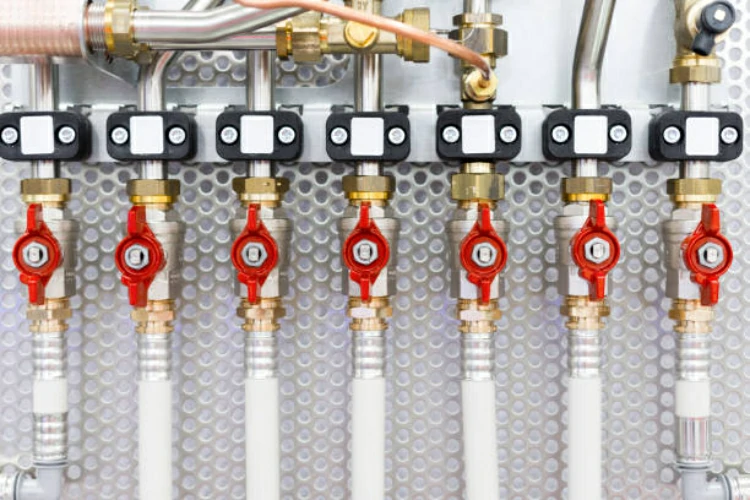Brass valves are essential components in various plumbing and industrial systems, offering reliable control over the flow of liquids or gases. Let’s delve into the fundamental structure and operational principles of these indispensable fixtures.
Composition of Brass Valves
Brass valves are primarily composed of copper and zinc, with varying proportions to achieve specific properties. The addition of other elements such as lead, tin, or aluminum may enhance certain characteristics like machinability, corrosion resistance, or strength. This alloy combination gives brass valves their distinctive golden appearance and excellent mechanical properties.
Body and Bonnet
The main body of a brass valve houses the internal components and provides structural support. It typically features threaded or flanged connections for easy installation into piping systems. The bonnet, situated at the top of the valve, securely seals the internal components and allows access for maintenance or repairs when necessary.
Valve Components
Inside the valve body, several essential components work together to regulate flow. These include:
Valve Stem:
Connected to the valve handle, the stem extends into the body and interacts with the internal mechanism to control the flow of fluid.
Valve Seat:
The seat within the valve body forms a tight seal against the valve disc or ball, preventing leakage when the valve is closed.
Valve Disc or Ball:
This movable component opens or closes the flow passage within the valve body, allowing or blocking the movement of fluid through the system.
Packing Material: Placed around the valve stem, packing material prevents leakage along the stem while allowing smooth movement during operation.
Working Principles of Brass Valves
Brass valves operate based on straightforward principles of fluid dynamics and mechanical engineering. The valve handle or actuator manipulates the position of the internal components to either permit or obstruct the flow of fluid through the system.
Opening and Closing Mechanism
When closed, the valve disc or ball presses tightly against the seat, forming a watertight seal to prevent fluid passage. To open, turn the handle or engage the actuator, moving the disc or ball away, allowing fluid flow.
Regulation of Flow
Users can precisely control the volume of fluid passing through the valve by adjusting the position of the valve handle or actuator, allowing for accurate regulation of flow rates according to operational requirements.
Applications in Plumbing and Industry
Brass valves are widely used in plumbing, HVAC systems, water treatment plants, and industrial processes. Their robust construction, corrosion resistance, and reliable performance suit various applications where fluid control is critical.
Conclusion
Brass valves have a durable alloy body with internal components to regulate fluid flow in plumbing and industrial systems. Understanding their structure and operational principles is crucial for proper selection, installation, and maintenance in various applications.
Contact
IFAN is a professional manufacturer with 30 years of experience, dedicated to producing high-quality plastic pipes, fittings, and valves. Our products include brass valves, PPR valves, as well as various pipes and fittings to meet different customer needs. Whether you need plumbing and drainage pipes or valve products, IFAN can provide a diverse range of high-quality, cost-effective products to support your projects. Below is our contact information.
We will reply your email or fax within 24 hours.
You can call us at any time if there is any question on our production.
For more information,pls visit our webside https://www.ifanplus.com/
Pls Mailto: [email protected]






